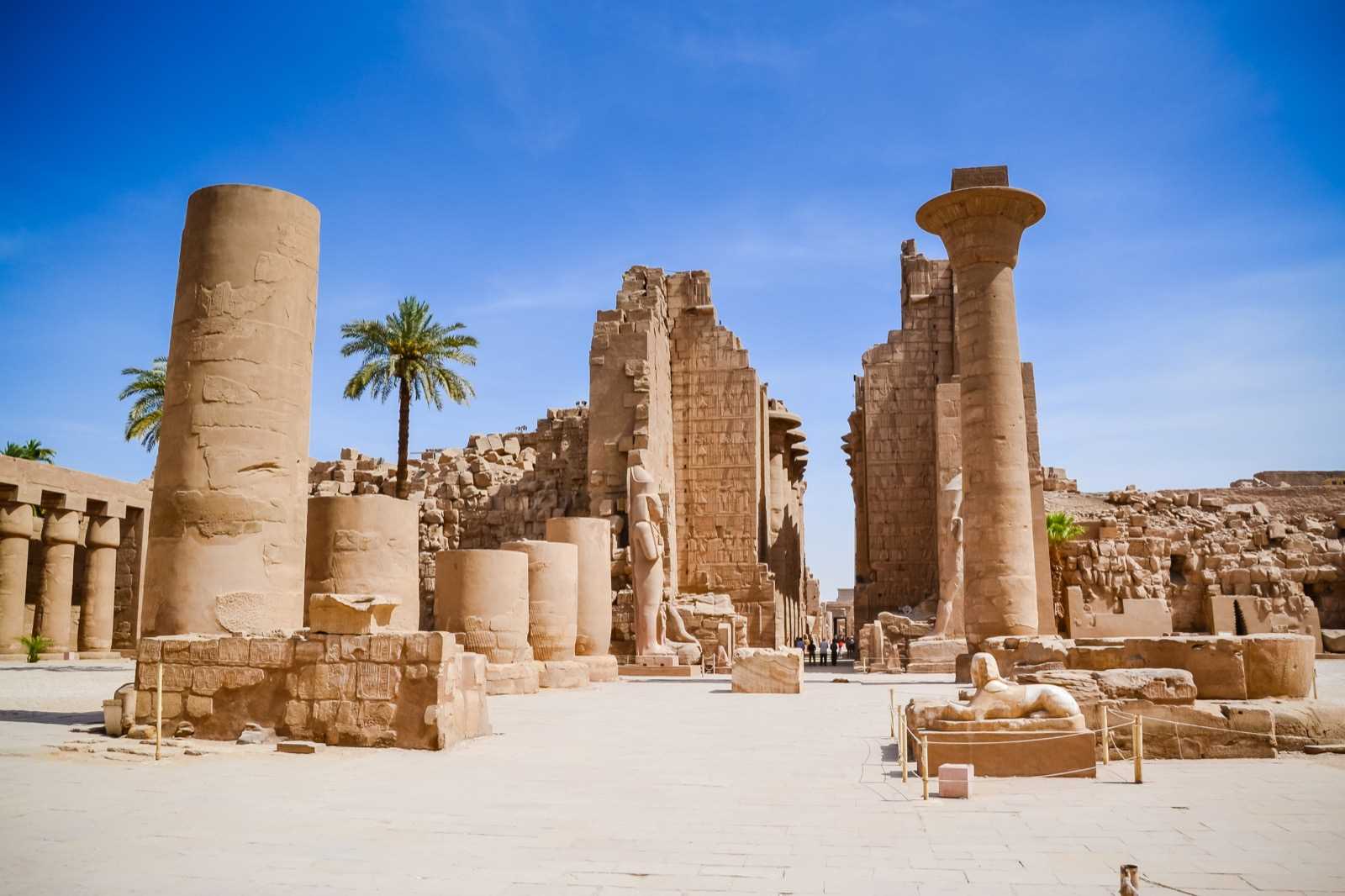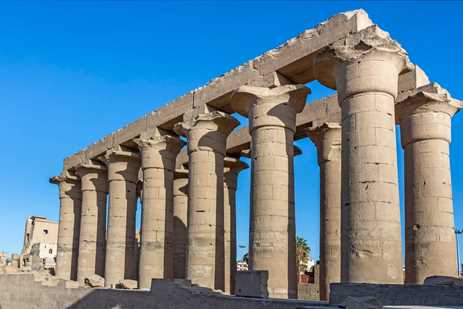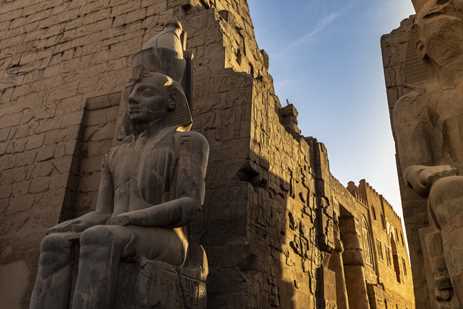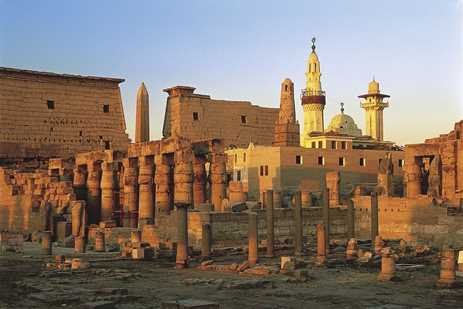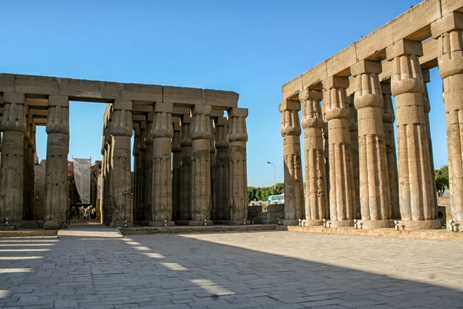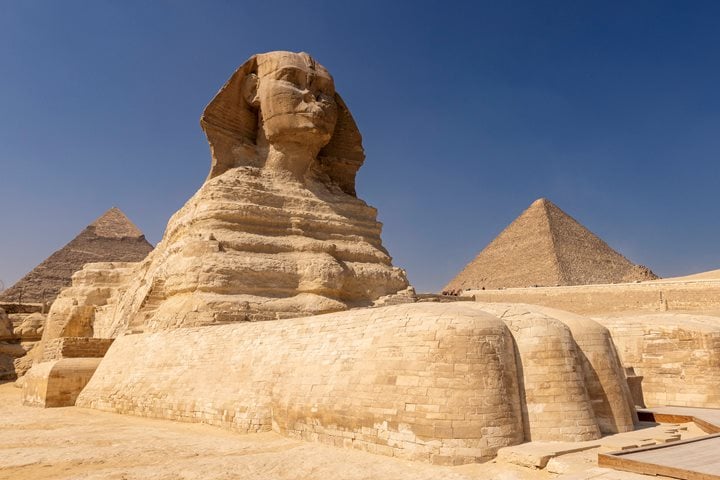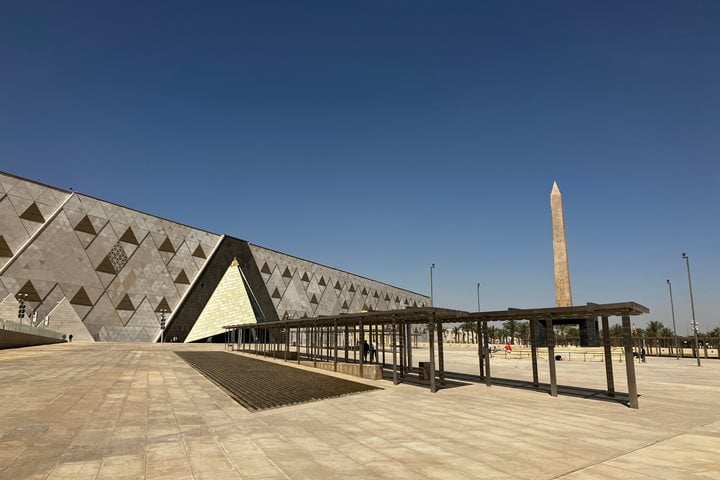The massive Karnak Temple Complex, part of a UNESCO World Heritage site at Luxor, Egypt, was once thought to be the connection between the Egyptian Gods and mortals—or so the myth goes. The 4,000-year-old site was built during the Early Middle Kingdom as a sanctuary for Amun-Ra (the god of sun and air, but also referred to as Lord of All), and his wife and son. Amun’s 60-acre Temple includes over 130 columns that once bore the legendary roof of the portico that represented the link between heaven and Earth. Get Inspired By Photos, Videos, Webinars, Stories, And Exclusive Offers. Sign Up
Over centuries, dozens of pharaohs from Tutankhamun to Ramses II, have added their own flair to “The Most Select of Places” (Ipet-isut), creating a 200-acre domain for the priestly community. These rulers also constructed a series of pylons, or gateways, to connect various temples at Karnak. Add to that the Muslims and Coptic Christians incorporating their own archeological treasures, and Karnak has become the country’s largest single gathering of temple ruins. It is an epicenter for understanding not only ancient religious practices, but architectural, artistic, and linguistic endeavors that evolved over time. These are just a few of the stand-out sites to spot when you're there.

